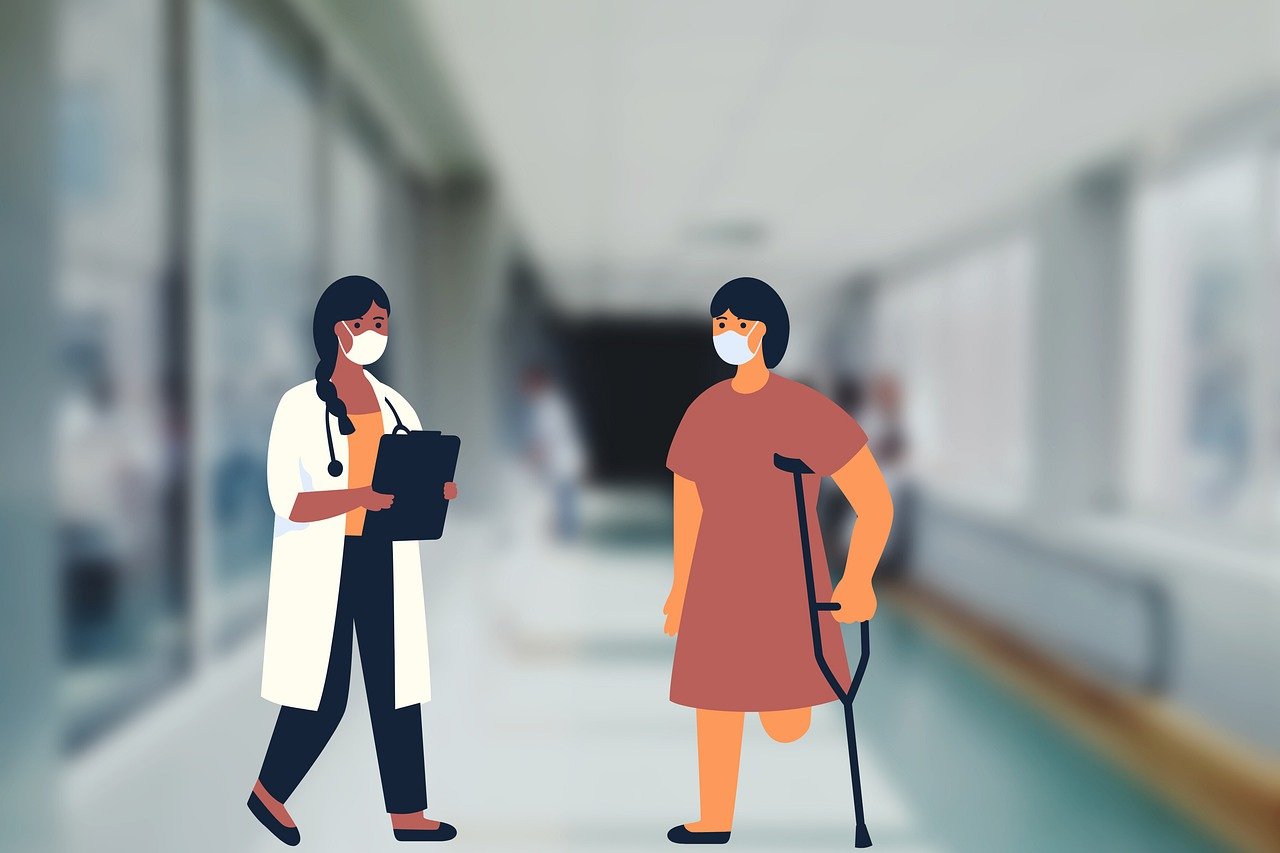After a hospital stay due to injury or illness, patients often require additional care to help them recover. This treatment is known as post-acute care, and it can be provided in several different settings, such as skilled nursing facilities, rehabilitation centers, or at home. With the help of different healthcare professionals, including nurses, physical therapists, occupational therapists, and speech therapists, post-acute care aims to help patients regain their previous level of function.

These professionals work with patients and their families to create individualized treatment plans that address specific healthcare needs. However, there are different types of post-acute care, each with its own benefits, which is why it is important to choose a health care services agency that has experience in treating your particular condition.
Benefits Of Post-Acute Care For Patients And Their Families
One of the most important benefits of post-acute care is that it can lessen the likelihood of hospital readmission. This can lead to lower healthcare costs, as well as reduced stress and anxiety for both the patient and their family.
An effective treatment plan can improve patient outcomes, shorten rehabilitation time, promote quicker recoveries, and prevent further complications from arising. As a result, post-acute patients have reported higher levels of satisfaction compared to those who did not receive post-acute care.
In addition to helping patients recover from a serious illness or injury, post-acute care can also improve a patient’s quality of life through treatments like pain management for patients who are dealing with chronic pain. With social and recreational activities as part of the treatment, patients are also able to stay engaged and connected to their community.
The patients’ families would benefit as well because they are able to have more input in the care that their loved one receives. Unlike in a traditional hospital setting, where families may feel like they are on the sidelines, post-acute care facilities encourage family involvement. This way, families can be confident that their loved one receives the best care.
Traditional hospital settings also have strict and inflexible visiting hours, which can be frustrating for families who live far away or have busy schedules. In contrast, a post-acute care facility generally has more flexible visiting hours, allowing families to choose a time that works best for them to visit their loved ones.
Lastly, hospital environments can be sterile and impersonal, which can be difficult for patients and their families who are already overwhelmed and stressed. Meanwhile, post-acute care facilities generally have a more home-like environment which can help patients feel more comfortable and relaxed during their stay.
Factors To Consider In Post-Acute Care
For post-acute care to be effective, the treatment program must be tailored to meet the needs of individual patients and their families. Here are some of the factors that should be considered in customizing a post-acute treatment plan:
- Physical And Mental Health
The patient’s health status is one of the most important factors when discussing post-acute care. Patients recovering from surgery may need help with wound care and pain management, while those with a chronic illness may need help managing their medication regimen. Post-acute care can also provide physical therapy to help patients regain their strength and mobility, as well as psychological support to help patients cope with the emotional trauma of their illness or injury.
- Age And Mobility
Healthcare providers must also consider the age and functional abilities of the patient when planning a post-acute care treatment program. Elderly patients may need more assistance with activities of daily living and may benefit from having someone stay with them overnight. Younger patients, on the other hand, may be able to manage on their own but may appreciate having someone check in on them during the day.
Meanwhile, patients who cannot walk or stand for long periods may need help with transfers and ambulation. Those who can walk but can’t climb stairs have to be assisted when getting up and down the steps, while those who are able to ambulate but have difficulty with fine motor skills need aid when dressing and grooming.
- Support System
Patients with a solid social support system will likely have an easier time recovering than those who do not have one, and the healthcare provider must take note of this when coming up with a treatment plan. For example, patients who have family or friends nearby will likely have someone to help them with meals, transportation, and activities of daily living, but others may need help from professional caregivers.
- Available Resources
Family resources must also be considered when discussing treatment plans with the patient and his family. While some may have the financial resources to afford private home health services or nursing care facilities, others may need to rely on public or community assistance programs, which the service provider can help them access.
Also Read
- lifetime-fitness-membership-prices-locations
- membership-levels-at-lifetime-fitness
- everything-you-need-to-know-about-la-fitness
- 40 Junk Food List | Healthy And Unhealthy Food
- Lifetime Onyx Membership: What Is It- Advantage & Price
- What is Ursolic acid? Benefits, Side effects and Supplements
- 5 Best Ingredients to Increase Testosterone Levels Naturally
